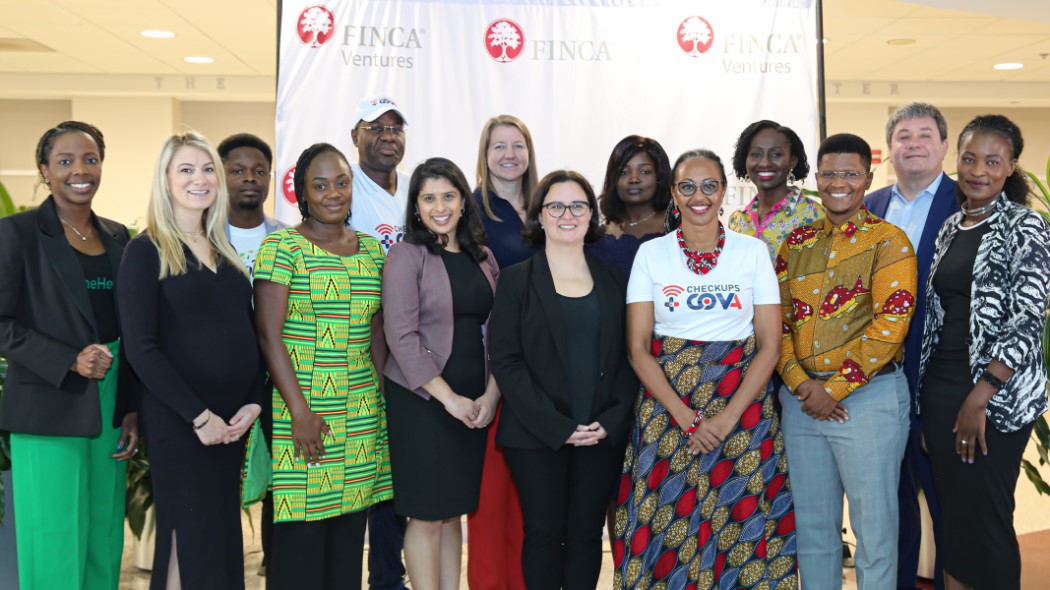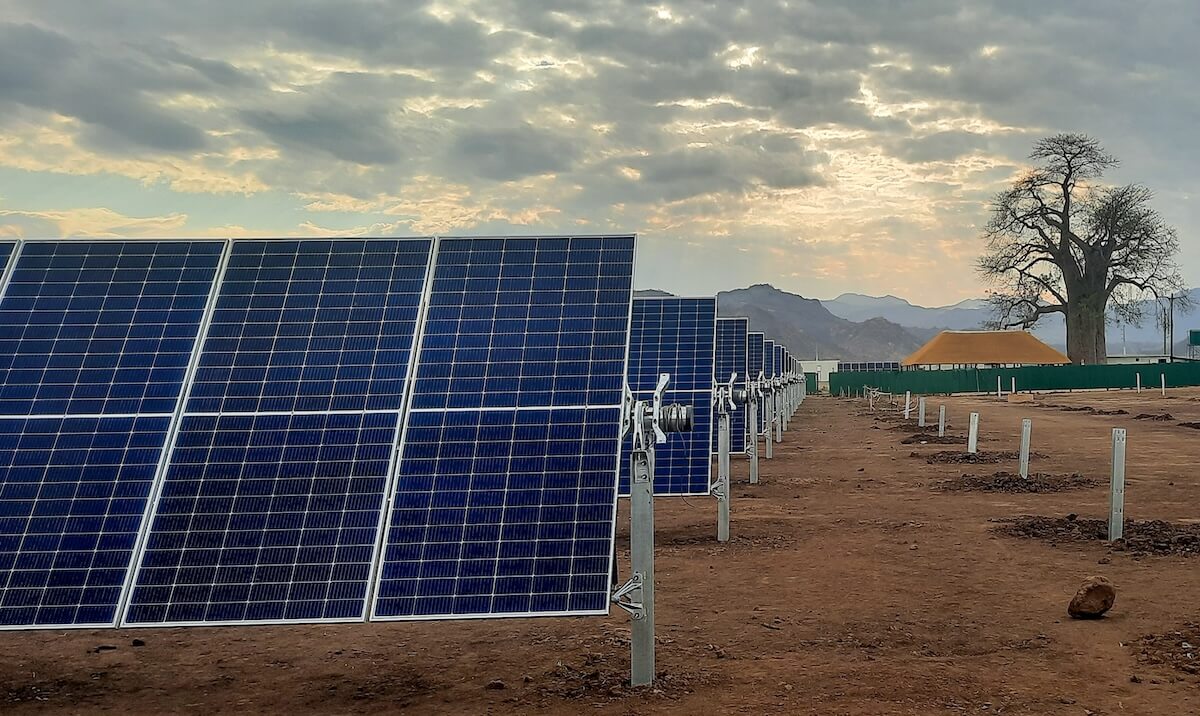Steven Mnuchin, the U.S. Treasury Secretary, was in the Hamptons this summer talking up a group of wealthy investors. The topic: The business investment opportunity inside the newly designated opportunity zones in low-income census tracts around the country.
Most people in the room who had even heard of the tax break saw it as an incentive for real estate development, Bloomberg reported. The capital gains tax benefits in the new zones apply to both real estate and startup investing and Mnuchin, a former hedge fund manager, emphasized “the chance to expand business,” according to a Treasury spokesperson.
Early movers are getting a jump on opportunity zones – and the future of community investing
To be sure, the easy money is in shovel-ready real estate in the more than 8,700 new zones that qualify for capital-gains tax benefits under last year’s tax bill. Most investors are ill-prepared to deploy capital to local businesses inside or outside the zones. But in terms of job creation and local wealth-creation, the real “impact alpha” may lie in bridging the small-business capital gap that leaves more than four of five enterprises without formal access to capital.
There’s rare bipartisan agreement that finding and investing in overlooked entrepreneurs in cities and rural communities across the country represents a large-scale economic opportunity. Unlocking the business opportunity inside opportunity zones will require intentional design.
The opportunity zone provisions provide hefty incentives for investors to invest in economically distressed “opportunity zones.” Real estate investing is the most obvious use-case.
But the key to economic growth and job creation in cities and rural communities across the country is investment in new and growing businesses. Two out of three net new jobs are created by small businesses. Minority entrepreneurs are more likely to hire locally, and hire other minorities. Women-run companies, despite raising less funding, generate more revenues.
Yet, commercial loans from community banks have dried up, at least in part because of the banking consolidation that followed the repeal of the Glass–Steagall Act at the turn of the century. Venture capitalists continue to chase tech unicorns in big coastal cities. Access to capital challenges are amplified for women, minority and rural founders.
Community capital stacks bring the right money to the table in new ‘opportunity zones’
Investors are beginning to mobilize around the opportunity to tap at least part the vast pool of unrealized capital gains – more than $6 trillion by most estimates – for small-business creation. Part of that effort includes lobbying Mnuchin’s Treasury Department itself, including the Internal Revenue Service, to remove barriers to business investing in forthcoming opportunity zone regulations, which are expected to be issued shortly.
Stoking the deal pipeline. Community development and small-business support services that have worked with local entrepreneurs for years are finding new interest in their portfolios from investors who need a pipeline of investible opportunities.
ImpactAlpha has spoken with dozens of leaders working to revive entrepreneurship in cities and towns across the U.S. Many of them, profiled here, are helping startups in low-income communities succeed, and succeed in creating jobs and pathways to prosperity across race, gender and geography.
New Revivalists are using these six strategies to revive entrepreneurship and the American Dream
Propeller, in New Orleans, for example, provides space and funding to minority-led businesses solving local problems. Mortar, in Cincinnati, provides revolving loans and storefronts for pop-up businesses in the city’s Over-the-Rhine neighborhood. In Tennessee, LaunchTN is helping city and rural entrepreneurs across the state build and test companies, and critically, connect with industry leaders who can become clients and customers. Project 500, in Washington, D.C., has supported more than 500 Black and Latino entrepreneurs in high-poverty areas. Founder Melissa Bradley says more than half the businesses are located in opportunity zones; she is planning a $100 million opportunity fund to support business founders of color in opportunity zones in 10 cities and regions.
In California’s Central Valley, Carrie Norton, founder of Green Business BASE CAMP, aims to tap opportunity fund capital to fuel an entrepreneurial ecosystem that supports underserved women entrepreneurs building businesses focused on regenerative agriculture, health and wellness, climate resilience and inclusive fintech and edtech.
More than one thousand community development finance institutions – banks, credit unions, venture and loans funds with at least 60% of their deals in low-income neighborhoods – already are investing billions of dollars a year inside opportunity-zones. One of the nation’s largest such CDFIs, the Local Initiatives Support Corp., ImpactAlpha reported earlier, is teaming with venture investors Village Capital and Access Ventures on an opportunity fund of at least $100 million.
“We have to have more patient capital” not chasing high-growth tech firms, but backing “long-term, regenerative companies that build community wealth and resilience,” Norton told ImpactAlpha.
“Capital won’t naturally flow to businesses,” says Steve Waters, founder of SMB Intelligence, which has identified hundreds of seed-stage firms inside opportunity zones. The database compiled by SMB Intelligence indicates whether the firm is minority or women-owned, and whether the firm is currently hiring or plans to add jobs in the future. The data set, updated every two weeks with open-source intelligence, government data, editorial content and social media, also includes data on the zones themselves, including an index created by the Urban Institute that identifies tracts that have recently experienced gentrification.
Sweetening the returns. Tax benefits that accrue over five to 10 years won’t make bad investments good, but can make more investible many solid, predictable growth companies inside opportunity zones.
Real estate funds move into opportunity zones, raising concerns about displacement
An investment that yields a 6% internal rate of return outside of an opportunity fund would yield an effective 10% IRR inside a fund when the tax benefits are included, estimates Chris Montgomery of Four Points Funding, a Colorado angel investor syndicate that has launched a pilot opportunity fund targeting business and real estate investments in rural Colorado. The group is planning to parlay the pilot into a $40 million opportunity fund that could serve serve as “boots on the ground” for regional and national funds.
“One of the national challenges will be figuring out how to make sure that capital doesn’t just flow to larger urban developments that were already in the path of progress, but rather how to invest capital in areas that wouldn’t otherwise see it,” Montgomery told ImpactAlpha.
For example, he said, the opportunity zone math makes more feasible an investment in a company like West Slope Organics, a small and growing firm in western Colorado that helps local organic food growers expand their market using quick-freeze technology. The Rural COZ, as the opportunity fund is called, could help the firm finance a new quick-freeze facility inside an opportunity zone, creating dozens of local jobs.
Structuring the capital. Fund managers are exploring alternatives to standard term sheets to help wealth accrue to local business owners and their employees along with investors. Revenue-based financing structures, in which investors are repaid from company profits, up to a cap, after the firm hits a certain revenue threshold could facilitate predictable exits timed to the tax law’s incentive. Stock repurchases, such as employee buybacks, would allow investors to pull money out of the business, while leaving ownership in the community. Community and urban land trusts, investment pools and investments into traditional cooperative business models can all help communities build wealth.
Streamlining the guidelines. The push is on to influence guidance from the Treasury Department and IRS that could ease confusion about how the capital can be invested. The law firm Womble Bond Dickinson has put together a helpful explainer summarizing what is already known.
The Economic Innovation Group, the think tank that helped develop the policy, LISC and other impact investors have submitted comments. The U.S. Impact Investing Alliance is pressing the Department of Treasury to move quickly to collect basic transaction data from opportunity funds to make it possible to assess the effectiveness and impact of the opportunity zone policy over time. Among the outstanding issues:
- Interim gains. A typical venture fund holds and liquidates investments at different times throughout the life of the fund and either distributes proceeds to investors or makes additional investments. As written, such an early liquidation would trigger a tax event and disqualify the individual investment from the tax benefit. LISC, in its own letter, suggests that interim gains receive relief as long as they’re reinvested within an opportunity zone.
- Deployment timeline. Currently opportunity funds have 180 days to deploy 90% of their capital into opportunity zones. Business deals tend to take longer than real estate investments so such a rule would encourage funds to deploy capital into ready real estate projects. EIG is requesting a period up to 30 months after the disbursement of the first funds.
At the Hamptons event, Mnuchin’s only prediction on when the guidance would be available for investors was…shortly.











